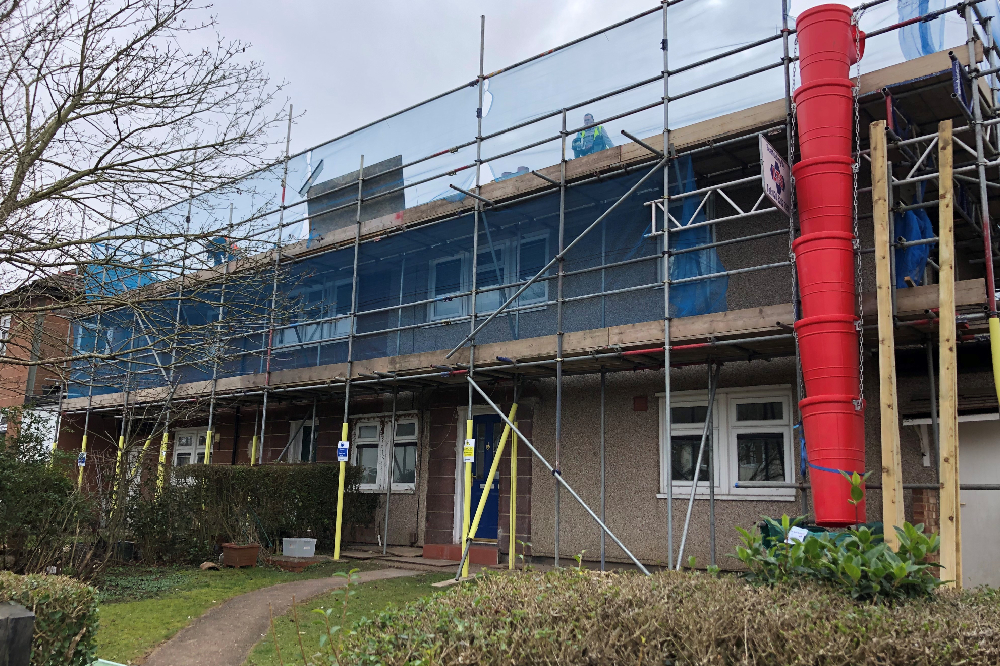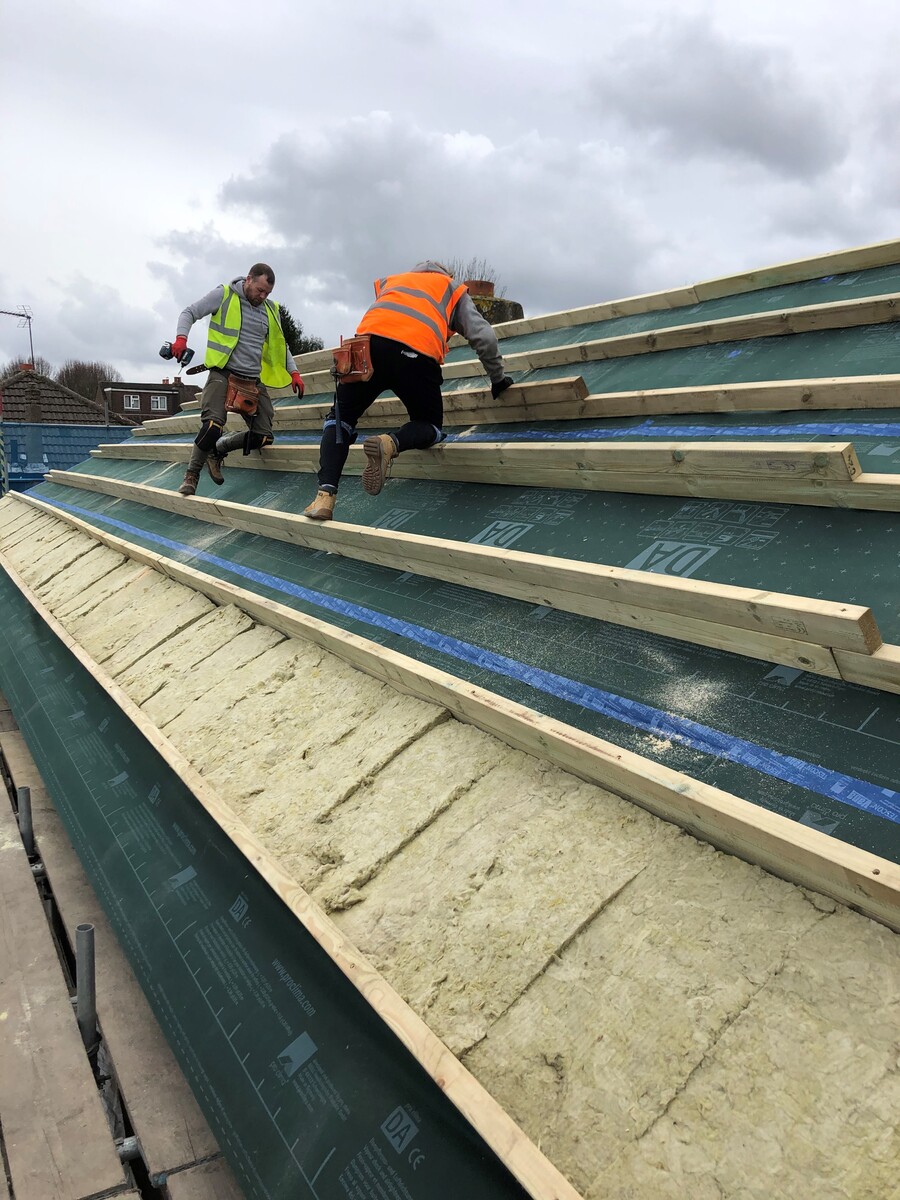Baily Garner Case Study - Energiesprong Retrofit Programme
We have all been living through some very challenging times recently, but one thing the COVID-19 pandemic has taught us is that rapid change in how we act as a society and what we choose to do to protect ourselves, both individually and communally, is possible.In 2017 on behalf of Sutton Housing Partnership (SHP), Baily Garner conducted an options appraisal study across a portfolio of hard-to-treat existing residential homes that experienced poor levels of thermal comfort and high energy bills. As poorly performing assets, future options included disposal, new build, refurbishment and deep retrofit under SHP’s aim of providing residents with warmer, healthier, and more affordable homes whilst aiding their journey to net zero carbon.
We have all been living through some very challenging times recently, but one thing the COVID-19 pandemic has taught us is that rapid change in how we act as a society and what we choose to do to protect ourselves, both individually and communally, is possible.
However, the COVID-19 pandemic is dwarfed in scale by the unfolding climate and ecological emergency, which is currently estimated to cause the same mortality worldwide every year as COVID-19 has done so far. The damage being done to biodiversity and the natural capital we rely on is not sustainable and change must happen.
Upon securing grant funding for a retrofit programme we supported a tender process comprising approximately 100 properties. Eight properties were identified as pilots under Phase 1, with the objective of potentially paving the way for net zero energy retrofitting at scale, radically changing the approach to energy efficiency and helping eradicate fuel poverty across the Borough.
Energiesprong was selected as the retrofit solution. Originating in Holland, this Dutch retrofit concept has been subject to numerous industry awards in recent years including World Green Building Council award in 2018 and Ashden Award in the UK Sustainable Buildings category 2019. Information can be reviewed at www.energiesprong.uk/
The retrofit works achieve a high performing net zero home by adopting a fabric first approach and incorporating a fully integrated Factory Zero energy module to support smart heating, ventilation and cooling. Specific improvements include triple glazed windows and doors, external wall insulation (EWI), pre-fabricated insulated rooftops incorporating photovoltaic panels (PV) and a new heating system (air source heat pump) with mechanical ventilation with heat recovery (MVHR). The Energiesprong concept is based around an Energy Plan which does away with traditional utility bills and is backed by a 30-year warranty on energy and indoor climate performance.
With works typically programmed to complete in 10-15 days and with residents in occupation, the Energiesprong model acts as an effective and efficient future proof solution to tackling poor energy performance of existing buildings and is part of the Mayor of London’s Retrofit Accelerator.
Works commenced in Jan 2021 with Engie UK & Ireland appointed as Principal Contractor for the initial Phase 1 Contract.
The results of this project were striking. The following are some highlighted results
from the 6 properties over a 5-month period:
- 8% average reduction in electricity usage despite one third of participants
being very energy saving conscious from the outset. This translated to:
• £23 total savings in electricity usage per resident
• Reduction of 70kg CO2 per resident - 19% improvement in ventilation leading to better respiratory health and
maintenance outcomes. - Reduced behavioural mould risk across all homes including one previously
reported “high risk” home reducing to a “low risk” by the end of the project.
All homes were considered low risk by the end of the project. - Homes were evaluated by how energy efficient they were, and optimal homes
were identified to target energy efficiency investment. - A high priority maintenance alert for a smoke alarm in one property was triggered in NPS Task Manager as the resident had disconnected the alarm.
- The mould risk and air quality data helped identify a structural cause of mould. As the data suggested it was not behavioural further investigation was carried
out and highlighted leaking guttering causing water ingress.
By installing the devices, integrating alerts into Northgate Task Manager, and
providing residents with insights and recommendations, the goals of this project
were met. The most encouraging finding of the project was how empowering
residents with their IoT data can have a significant impact on health and
maintenance outcomes and ultimately return on investment.




